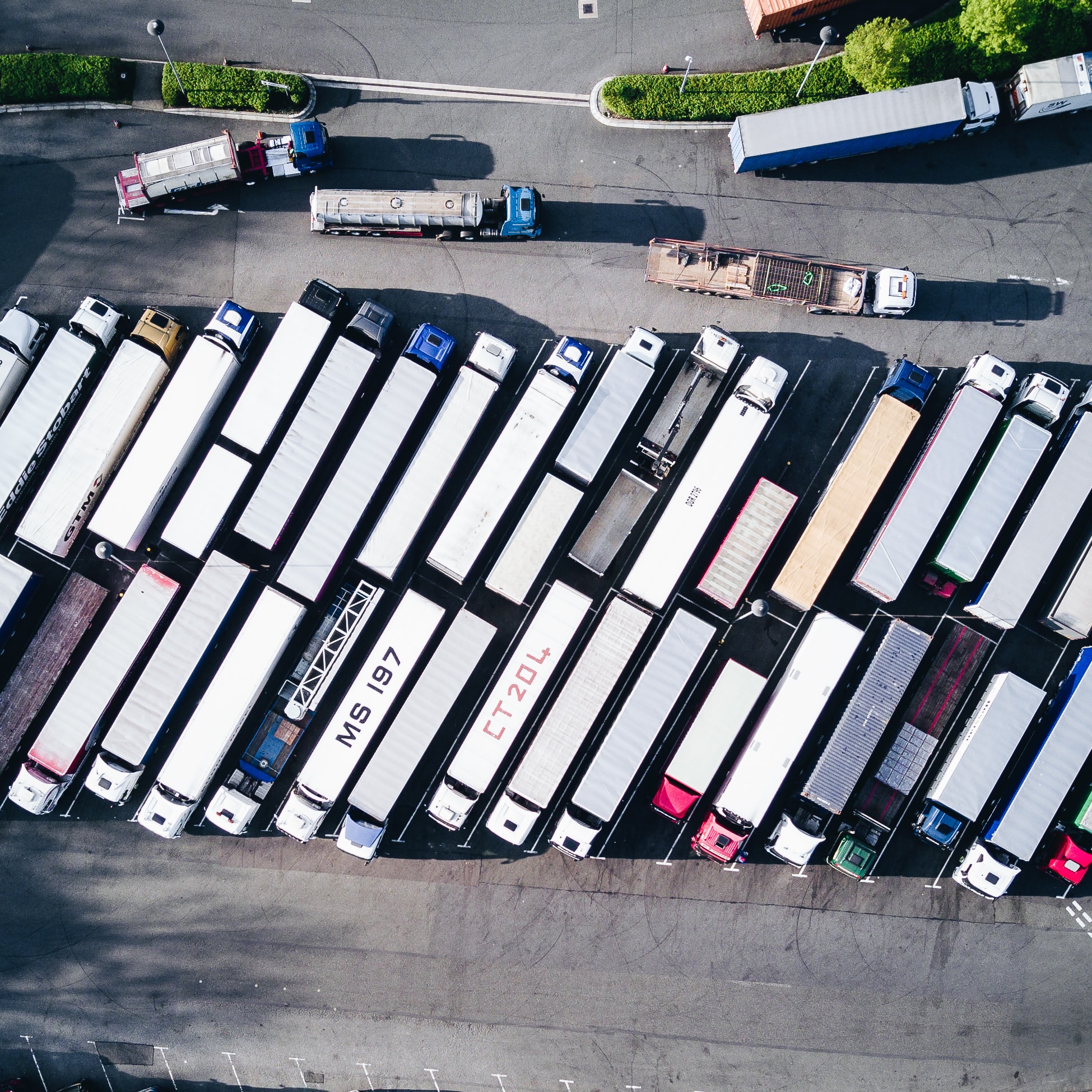Successful Fleet Management in a COVID World

When the COVID-19 pandemic struck in March 2020, businesses across all industries faced numerous challenges that made business as usual highly unusual. For the fleet industry and, in particular, fleet managers and owner-operators, strategic plans for the year were suddenly “out the window.” Managing, maintaining, and running fleets remotely from home was the new normal, and volatility and uncertainty became the rule rather than the exception.
While the pandemic continues to change fleet operations and management in numerous ways —with some changes perhaps permanent—what has not changed is the need for managers and owner-operators to:
- Ensure business continuity
- Successfully manage risk
- Control budgets
- Meet the needs of employees and customers
To achieve those in these challenging times, effective leadership is more important than ever before and is essential for navigating the choppy waters of a COVID world successfully. For fleet managers and owner-operators, being proactive, adjusting management strategy, being open to adopting new ways of doing business, and leveraging the right tools is how to go about it.
To that end, let’s take a look at five strategies worth considering to help your business tackle the repercussions of COVID-19 and quell its future impact on your bottom line.
(1). Communicate Effectively: With employees working remotely, some possibly working on-site, and others likely returning to work at some point, clear communication is more important than ever. This is key to running your fleet efficiently while preventing confusion and conflict. Areas to cover in your communications plan include:
- Changes to company policy and procedures and business updates
- Government updates
- Health and safety best practices
- A system for employees to seek help and address concerns or issues
(2). Implement New Processes and Emphasize Accountability: Carefully review all processes and interactions that take place on your drivers’ shifts—from start to finish. This includes pre and post-trip inspections, reporting their current health status to a manager or HR, and reporting any interactions with co-workers, customers, and other individuals. If necessary, rethink your processes, so they meet current government health and safety standards. For example, you can introduce steps to ensure that vehicles and equipment are disinfected routinely, provide cleaning supplies for your office and fleet, and provide all employees with personal protective equipment (PPE).
(3). Stress Physical Distancing: We all know about the 6-foot distance rule. And that said, it’s important to go over how you are currently conducting business with the rule in mind, such as collections and deliveries, to determine a way of handling those while maintaining a safe distance. Additionally, stress to employees the importance of social distancing when working and also when away from work.
(4). Develop Procedures to Monitor Employee Wellness: Monitoring the health and well-being of employees are always important, but now more so than ever before and to that end, developing procedures that ensure a safe work environment is critical to business continuity. Areas to cover include:
- Identification and isolation of potentially infectious employees
- Self-monitoring procedures for employees
- Processes for employees to report in real-time if they are feeling ill, whether experiencing COVID-19 symptoms or symptoms of another illness, including their mental well-being
- Review and update your health and safety policy and procedure and require all employees to “sign-off” that they understand and accept the current policy
- Keep a record of employee health updates
(5). Build Trust with Customers: With the many unknowns associated with COVID, customers are looking for partners they trust—that they know are taking all the necessary precautions to stay safe. It is important to let customers know what you are doing to keep your employees, work environment, and vehicles safe as well as any changes to your services or delivery procedures. This can be easily communicated by email, text, telephone, or directly by your drivers and will go a long way in building trust with new customers while strengthening trust with your existing customers—a “win-win” for your bottom line.